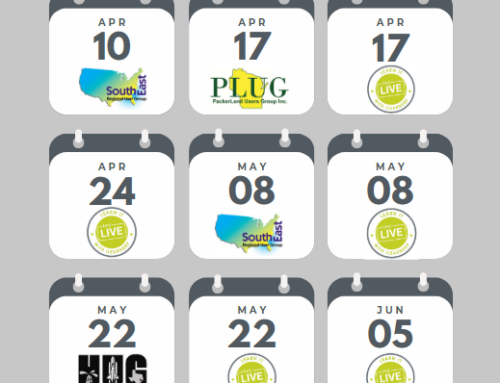 The gap between the training employees want and the training employees often receive is something we think a lot about. In past blogs we have written a lot about customized training material and delivery to close those gaps, such as using a blended learning approach. We’ve presented a higher view of approaches to training in general in order to help close that gap between the training employees really want and the training they receive. In this blog I’ll be going into more specific detail about what kinds of training and activities have proven most effective.
The gap between the training employees want and the training employees often receive is something we think a lot about. In past blogs we have written a lot about customized training material and delivery to close those gaps, such as using a blended learning approach. We’ve presented a higher view of approaches to training in general in order to help close that gap between the training employees really want and the training they receive. In this blog I’ll be going into more specific detail about what kinds of training and activities have proven most effective.
One of the biggest options to weigh is whether to provide classroom training, live virtual (web) training, or a combination of both. We like to do both, but as we specialize in eLearning training solutions, our classroom training is usually supplemented by our virtual resources. Here are some essentials to keep in mind for classroom and live virtual training:
Classroom Training:
- Design courses with subject matter experts, and adult learning experts for higher retention.
- Agendas should be customized to the level of expertise, objectives and application areas of the learner in each session.
- Onsite course materials can include things such as student guides, exercises or quick reference cards.
- Onsite workshops can be supplemented with video and eLearning solutions using on-line resources.
- Teach courses using real life application scenarios and then replicating the steps with exercises that students do with their own data.
- Optional lab days may be added where students can apply the skills and concepts they just learned towards their actual business processes.
Virtual Training:
- Provide a customized, consistent curriculum for audiences of all sizes via web training with subject matter and adult learning experts.
- Provide various business units and locations around the globe with access to simultaneous training.
- Web based training can be a great solution for teams who can only give a few hours a day to their training efforts.
- Virtual training need not neglect traditional resources such as student guides or quick reference cards.
- Provide a practice environment with exercises for students to apply and replicate the steps of real life scenarios.
- Make sure to have adequate technical support for any issues or questions.




